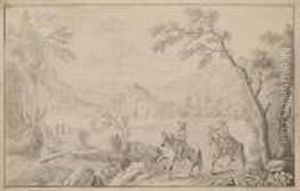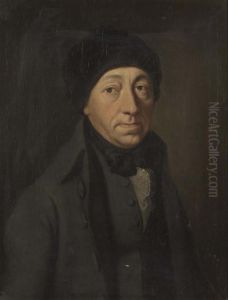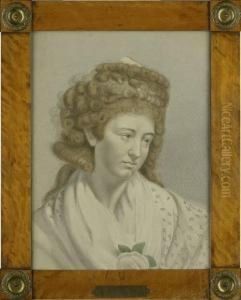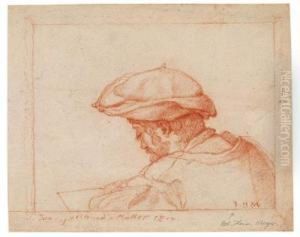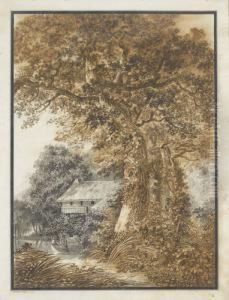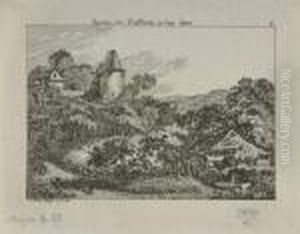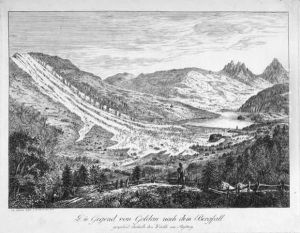Johann Heinrich Meyer Paintings
Johann Heinrich Meyer, born on March 16, 1760, in Stäfa, Switzerland, was a notable Swiss painter, draftsman, art critic, and one of the closest associates of the famed German writer and statesman Johann Wolfgang von Goethe. Meyer's initial exposure to art came through his father, who was a painter and encouraged his early interest in the field.
In his youth, Meyer developed his skills by copying the works of famous artists. His talent was evident, and in 1778 he began his formal art studies traveling to Zurich to learn under Johann Kaspar Füssli, a renowned Swiss painter. He continued his education by studying the works of the old masters during his travels in Italy, where he arrived in 1784. It was in Italy that Meyer's style matured, heavily influenced by the classical art of the Renaissance, especially the works of Raphael, whom he admired deeply.
Meyer's life took a significant turn in 1789 when he met Goethe in Rome. This encounter marked the beginning of a lifelong friendship and professional collaboration. Meyer became one of Goethe's most trusted advisors on artistic matters and played a crucial role in the Weimar art scene when both men returned to Germany. Settling in Weimar, Meyer became a central figure in Goethe's circle and was appointed the director of the Weimar Art School, which Goethe had founded.
Throughout his career, Meyer was not only an artist but also an influential art theorist. He contributed to Goethe's 'Propyläen', a periodical aimed at fostering the understanding and appreciation of art among the public. Meyer's art criticism often reflected his classical leanings, and he was known for his conservative views, particularly his opposition to the emerging Romantic style, which he and Goethe saw as divergent from the harmony and clarity they found in classical art.
Meyer passed away on October 14, 1832, in Jena, Germany. While he may not have achieved the same level of fame as some of his contemporaries, his impact on the Weimar art community and his collaboration with Goethe ensure that he remains a significant figure in the history of European art.
